Introduction: AI is Everywhere, But What IS It?
You’ve probably heard the term “Artificial Intelligence” or “AI” a lot lately. It’s in the news, it’s powering features on your smartphone, and it’s even helping create art and write stories. From a friendly chatbot answering your questions online to the intelligent assistant that plays your favourite music, AI is quietly becoming a part of our everyday lives. But what exactly *is* AI? If you’re feeling a bit lost in the tech jargon, you’re not alone! This article is your friendly guide to understanding AI in simple terms, especially if you’re a creator, an entrepreneur, or just curious about this exciting technology – no advanced degree required!
Think of AI as teaching computers to think and learn a bit like humans do. The big idea is to create machines that can perform tasks that traditionally require human intelligence, such as understanding language, recognizing images, making decisions, and solving problems. It’s not about robots taking over the world like in the movies; it’s about creating innovative tools that can help us in countless ways.
So, How Does AI Actually Work? The “Learning” Part
At its heart, Artificial Intelligence (AI) isn’t magic; it’s a field of computer science. One of the core ideas behind many AI systems is Machine Learning (ML). Imagine you want to teach a child to recognise a cat. You wouldn’t write a long list of rules like “if it has pointy ears, whiskers, and a tail, it’s a cat” because there are too many variations! Instead, you’d show the child lots of pictures of different cats. Over time, the child learns to identify the patterns that make a cat a cat.
Machine Learning works similarly. Instead of programmers writing explicit instructions for every single scenario, they feed the Artificial Intelligence (AI) system vast amounts of data (like thousands of cat pictures, millions of customer reviews, or countless articles). The Artificial Intelligence (AI) then uses algorithms, which are like complex sets of instructions or recipes, to find patterns and learn from that data. The more data it processes, the “smarter” and more accurate it becomes at its specific task.
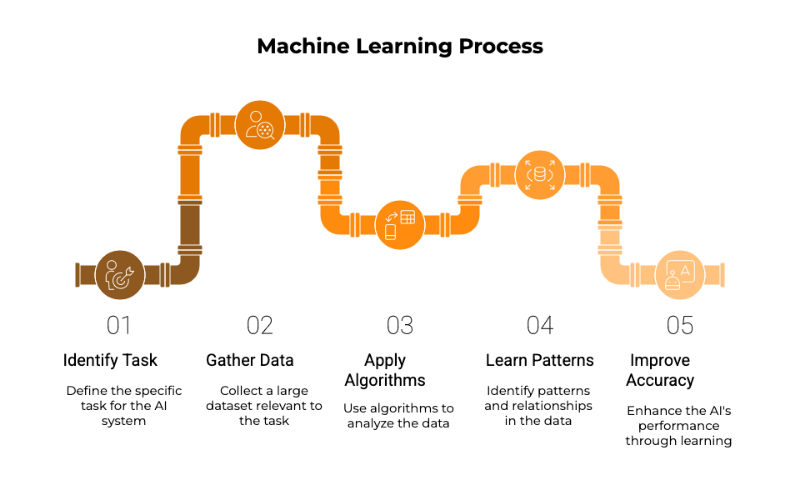
For example:
Spam Filters: Your email service learns to identify spam by analysing millions of emails that users have marked as spam or not spam. It learns the familiar words, phrases, or sender characteristics associated with unwanted messages.

Recommendation Engines: Streaming services like Netflix or music apps like Spotify learn your preferences by looking at what you watch or listen to. They then recommend other movies or songs you might like based on the patterns they’ve found in your behaviour and the behaviour of millions of other users.
You can also read our article on How Netflix Knows What You Like (And What That Teaches Us About AI) for more clarity.
Image Recognition: Artificial Intelligence (AI) can identify objects, people, or even emotions in photos and videos because it has been trained on massive datasets of labelled images.
What Can AI Do? More Than You Might Think!
AI isn’t just one thing; it’s a broad field with many different capabilities. Here are a few key areas where Artificial Intelligence (AI) shines, particularly for creators and entrepreneurs:
1. Understanding Language (Natural Language Processing – NLP):
This is how Artificial Intelligence can understand, interpret, and even generate human language. Think of:
- Chatbots and Virtual Assistants: These are devices like Siri, Alexa, or customer service chatbots that can understand your questions and provide answers.
- Translation Tools: Instantly translating text or speech from one language to another.
- Sentiment Analysis: Analyzing customer reviews or social media comments to understand how people feel about a product or brand.
- Content Generation: Artificial Intelligence (AI) tools that can help you write blog posts, marketing copy, or even scripts (we’ll explore this more in other articles!).
2. Seeing and Interpreting the World (Computer Vision):
This allows AI to “see” and understand visual information. Examples include:
- Facial Recognition: Unlocking your phone or tagging friends in photos.
- Object Detection: Self-driving cars use this to identify pedestrians, other vehicles, and traffic signs.
- Image Editing Tools: AI-powered features that can automatically remove backgrounds, enhance photos, or even generate images from text descriptions.
3. Making Predictions and Decisions:
AI can analyze data to forecast future outcomes or make informed decisions.
- Business Forecasting: Predicting sales trends or customer churn.
- Personalized Marketing: Deciding which ad to show to which user for the best results.
- Content Recommendations: Suggest what you might like to watch, read, or buy next.
4. Generating New Things (Generative AI):
This is a fascinating area for creators! Generative AI can create entirely new content, such as:
* Text: Articles, poems, scripts, code.
* Images: Realistic photos, paintings, illustrations from a text prompt.
* Audio: Music, voiceovers.
* Video: Short video clips or animations.
Why is AI Such a Big Deal Now?
AI concepts have been around for decades, but a few key things have come together recently to make it explode into the mainstream:
More Data (Big Data): We generate an incredible amount of data every day, from social media posts to online purchases. This massive amount of data is the fuel that AI models need to learn effectively.
More Powerful Computers: Training Artificial Intelligence (AI) models requires a lot of computing power. Today’s computers, especially specialized hardware, are much faster and more capable than ever before.
Better Algorithms: Scientists and researchers are constantly developing new and improved algorithms that make AI more efficient and accurate.
AI for You: The Creator and Entrepreneur
As a creator or entrepreneur, AI isn’t just a cool piece of tech; it’s a powerful toolkit that can help you:
* Save Time: Automate repetitive tasks like writing email drafts, scheduling social media, or transcribing audio.
* Boost Creativity: Get help brainstorming ideas, generating unique visuals, or overcoming creative blocks.
* Work Smarter: Use data insights to better understand your audience, personalize your marketing, or improve your products and services.
* Compete and Innovate: Access tools and capabilities that were previously only available to large corporations.

Don’t Be Intimidated, Be Curious!
Artificial Intelligence might sound complex, but at its core, it’s about making computers more helpful and intelligent in ways that mimic human abilities. It’s a tool, and like any tool, its power lies in how we learn to use it.
This article is just the beginning of your Artificial Intelligence (AI) journey. In the upcoming articles in this “Learn AI” hub, we’ll dive deeper into specific types of AI, explore practical tools, and show you exactly how you can leverage AI to achieve your creative and entrepreneurial goals. So, stay curious, keep learning, and get ready to unlock the potential of AI!
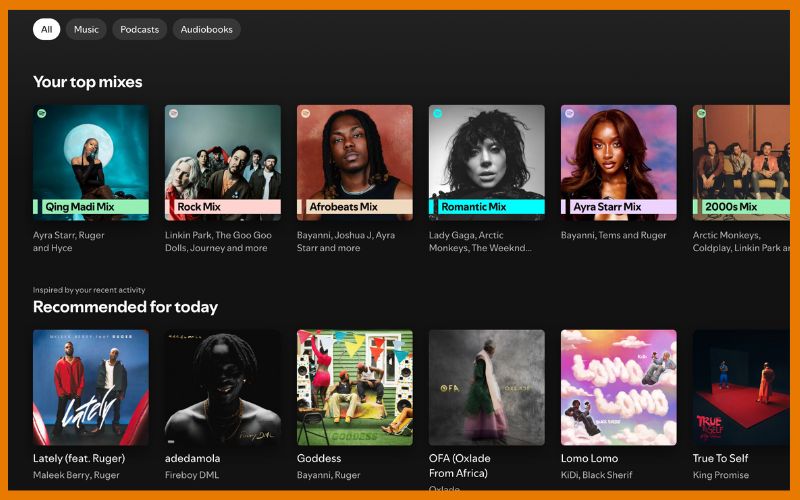
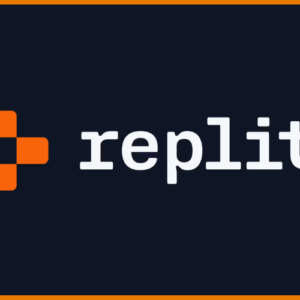

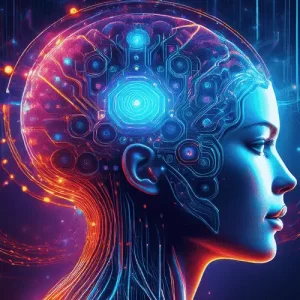





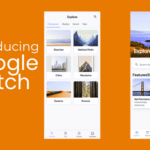



[…] you’ve dipped your toes into the world of Artificial Intelligence (AI) and you’re starting to get the hang of what it is. But then, you hear terms like […]
[…] is not your average text-to-speech gimmick; it’s an AI-powered, natural-sounding voice that reads web pages aloud with the clarity of a real person. Whether […]
[…] talked about how Artificial Intelligence (AI) can perform smart tasks and how Machine Learning (ML) is a way for computers to learn from data. But how does this […]